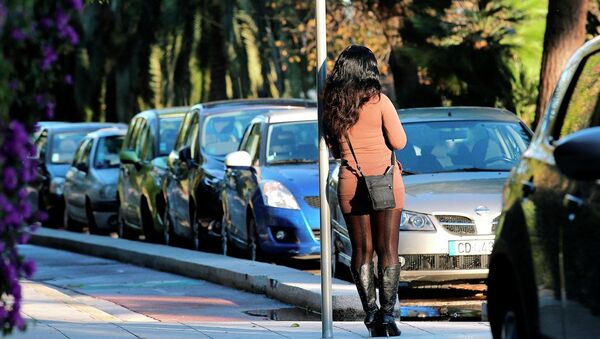"Everything points to a sharp increase this year, and this is a trend we have witnessed for several years in a row," Kajsa Törnqvist Netz, the Migration Board's coordinator of efforts to fight human trafficking said in a press release.
Meanwhile, statistics reveal that the trend is on the rise after having decreased. In 2012, 49 cases were reported, compared to 121 in 2013 and 195 in 2015.
At the same time, police are now discovering more cases where Swedish men coerce their wives, girlfriends or partners into prostitution. This phenomenon occurs outside of the organized sex trade and is often regarded as a supplement to the "family budget," according to the police.
Previously, the Swedish police National Operations Department (NOA), which receives reports on prostitution and human trafficking from all police regions, had associated both victims and perpetrators with widespread poverty and marginalization. Recently, a number of cases emerged where poverty is no longer the driving factor.
"Rather, they want to live a little more luxurious life, have a debt to pay, or need to buy drugs. This is something we have seen before, but more such cases have been reported in the past two years," NOA's national reporter Kajsa Walberg told Swedish newspaper Svenska Dagbladet.
In the autumn of 2015, a directive from the head of the nation's police Dan Eliasson was released compelling the police to strengthen their efforts to fight human trafficking. However, critics argued that too little has happened since then. The progress has been slow, and the ongoing reorganization of the police force has only contributed to the delays.





